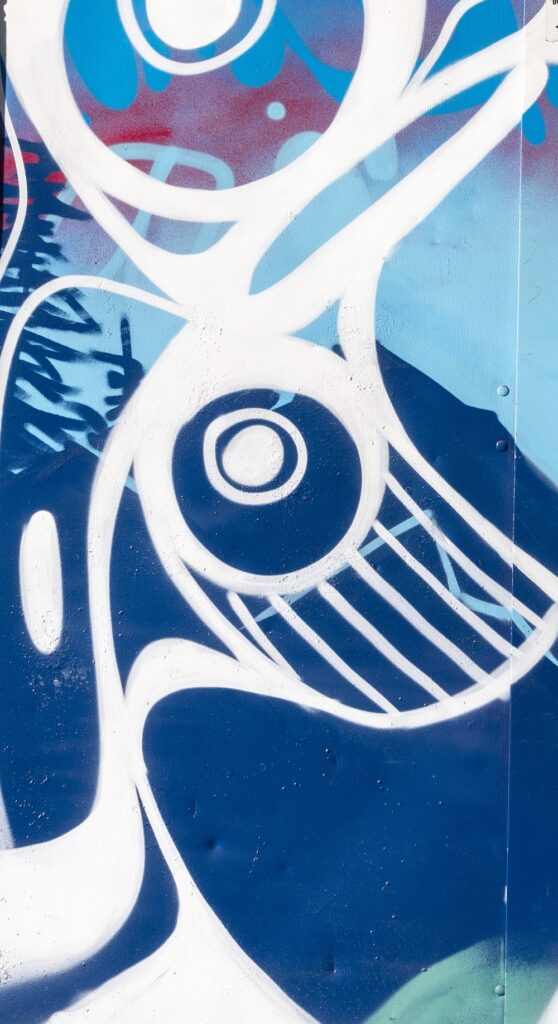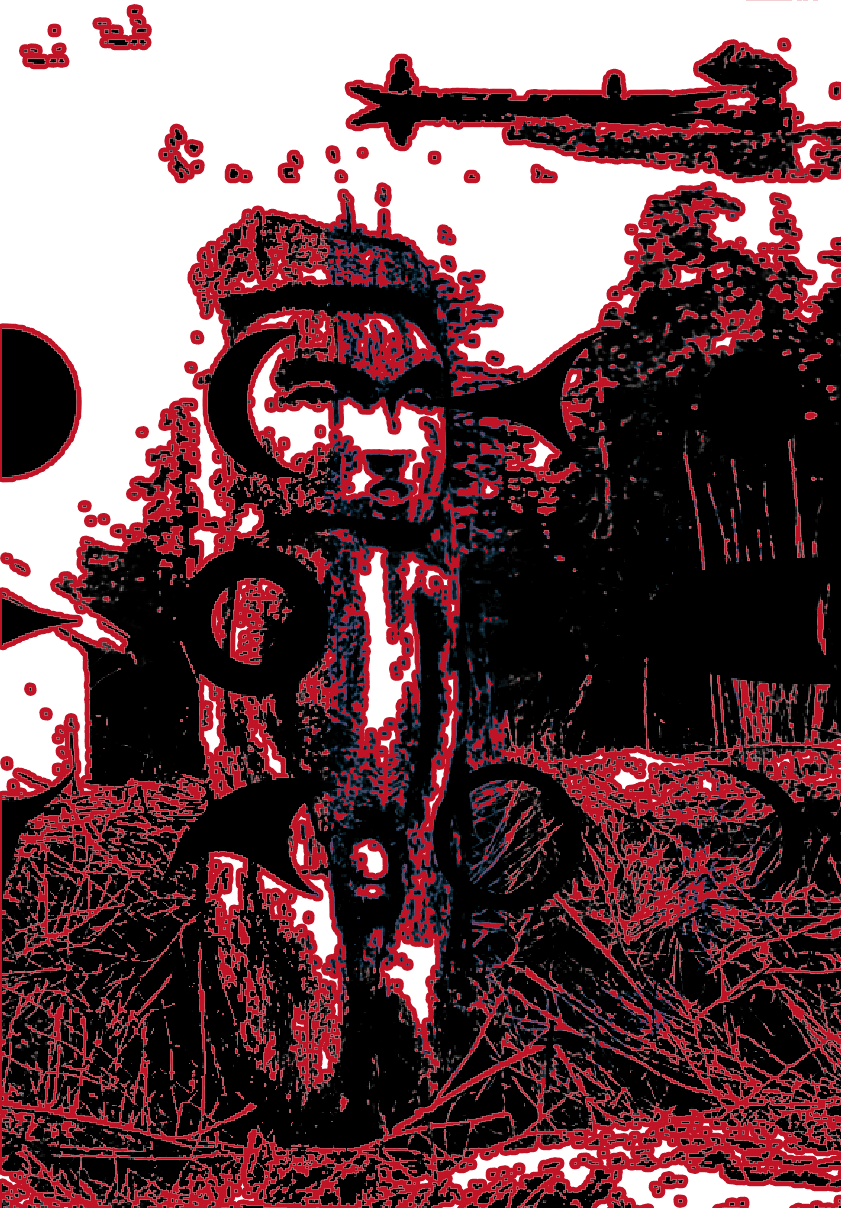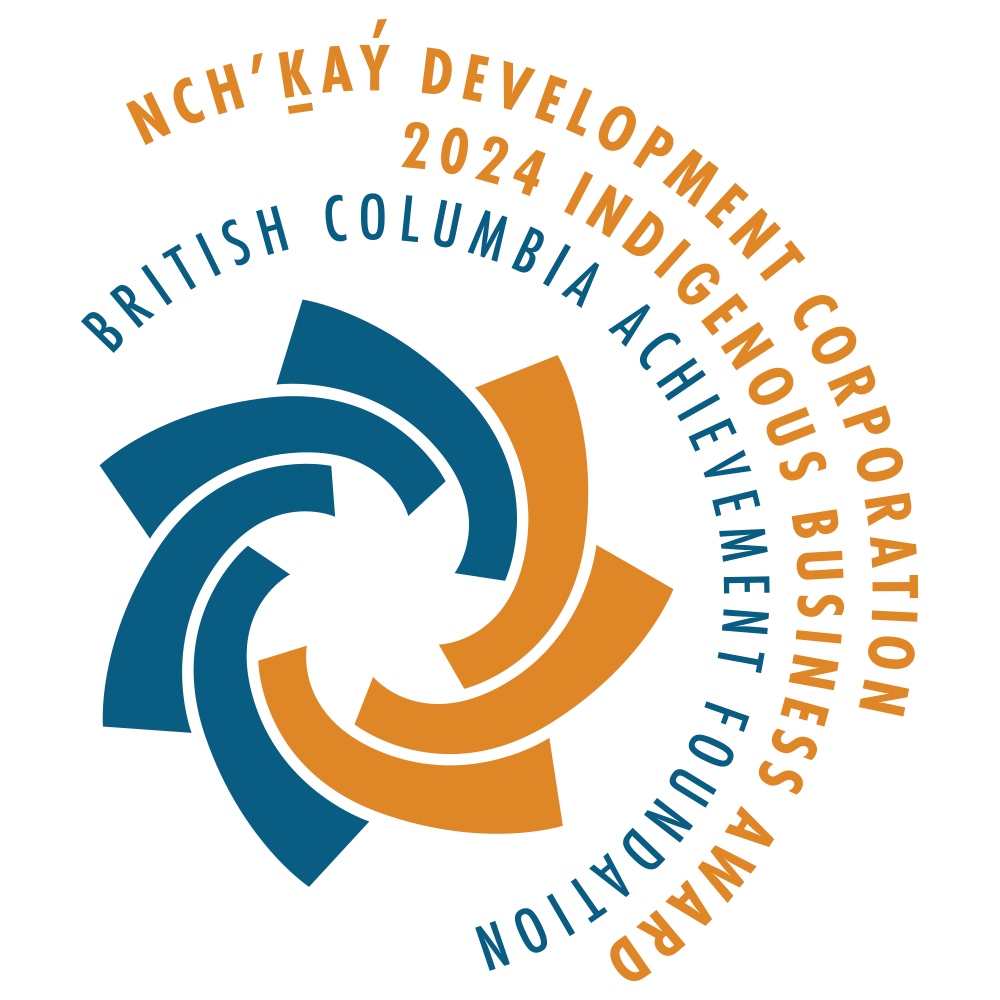

Squamish Nation
skwxwú7mesh úxwumixw
The Squamish Nation
The Squamish Nation is rich in culture and resilient in nature. The Nation’s culture is persevered in oral and visual teachings which are passed on through generations. These stories are based on events pivotal to the people of the area and are used to teach morals and values which keep the Squamish Nation alive today.
As an oral nation, story and language are an indispensable part of Squamish culture. The Squamish language (Sḵwx̱wú7mesh sníchim), is an independent language belonging to the Salish language family under the Coast Salish branch. Sḵwx̱wú7mesh sníchim is critically endangered, but the Squamish Elders continue to teach the language and pass along oral traditions to the future generations.

The Story Of Two Brothers
The story of the Squamish Nation begins with two brothers – Ts̓ek̲ánchtn and Sx̲eláltn. Ts̓ek̲ánchtn lived near Gibsons, BC where he raised his family. One day Ts̓ek̲ánchtn heard noises on his rooftop where he saw Sx̲eláltn dancing a ceremonial rite. After inviting Sx̲eláltn to join him, the two men eventually parted ways and Sx̲eláltn moved to Schenk̲ and raised a family of his own.
For centuries, the descendants of both brothers continued to spread out over the land, surviving on the riches of the forest and sea. Today, the Squamish Nation populates the territory known as the Greater Vancouver area, Gibson’s Landing, and Squamish River watershed.
The Squamish People
The Squamish People have occupied and governed their territory since before recorded history. Before 1923, the Squamish People were organized into communities called úxwumixw (village; people). As descendants of the First Coast Salish Aboriginal People, the Squamish Nation has historical links to the land which bears witness to the settlements, resource sites, and spiritual places of their ancestors. Squamish place names still exist throughout the territory and include such places as: Lheklhukwaytn (Burnaby Mountain), Titemtsen (Port Coquitlam), Chkwelhp/Schenk (Gibsons), and Xa7élcha (Lynn Creek).
In 1923, the majority of Squamish People requested that the Federal Department of Indian Affairs incorporate the different Indian Bands into a single organization. This entity was to be called the Squamish Nation. Today, the Squamish Nation consists of twenty-three villages governed by an elected council consisting of one Chairperson and seven Councilors, an elected Band Manager, and the Nation Administration. The government prides itself in making careful and responsible decisions that are for the best interest of the collective. Together, Squamish lands, customs and traditions are the foundations of who the people are as Skwxwú7mesh.

